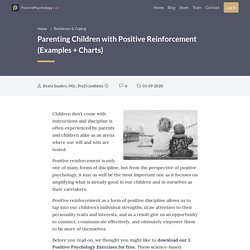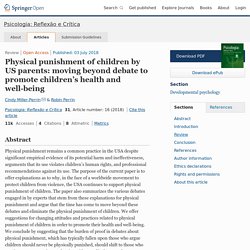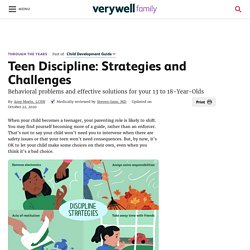

Operant Conditioning. Reinforcement. Operant Conditioning (B.F. Skinner) How Reinforcement and Punishment Modify Behavior Operant conditioning, also known as instrumental conditioning, is a method of learning normally attributed to B.F. Skinner, where the consequences of a response determine the probability of it being repeated. Through operant conditioning behavior which is reinforced (rewarded) will likely be repeated, and behavior which is punished will occur less frequently. By the 1920s, John B. Watson had left academic psychology, and other behaviorists were becoming influential, proposing new forms of learning other than classical conditioning.
Skinner's views were slightly less extreme than those of Watson (1913). The work of Skinner was rooted in a view that classical conditioning was far too simplistic to be a complete explanation of complex human behavior. BF Skinner: Operant Conditioning Skinner is regarded as the father of Operant Conditioning, but his work was based on Thorndike’s (1898) law of effect. 12 Examples of Positive Punishment & Negative Reinforcement. You might be thinking that “positive punishment” sounds like an oxymoron, after all, how can punishment be positive?

Not many people “like” punishment, right? The disconnect in understanding this concept comes from the usage of the word “positive;” here at PositivePsychology.com, we generally use the term “positive” to refer to things that are inherently good, things that are life-giving, and things that promote thriving and flourishing. The concept of positive punishment comes from a very different era and a very different perspective on psychology; namely, the 1930s and behaviorism. So, what actually is positive punishment and how does it relate to parenting, teaching, and even the workplace? Before you read on, we thought you might like to download our 3 Positive Psychology Exercises for free. You can download the free PDF here. Examples. Effectiveness. Negative Reinforcement. Parenting Children with Positive Reinforcement (Examples + Charts) Children don’t come with instructions and discipline is often experienced by parents and children alike as an arena where our will and wits are tested.

Positive reinforcement is only one of many forms of discipline, but from the perspective of positive psychology, it may as well be the most important one as it focuses on amplifying what is already good in our children and in ourselves as their caretakers. Positive reinforcement as a form of positive discipline allows us to tap into our children’s individual strengths, draw attention to their personality traits and interests, and as a result give us an opportunity to connect, communicate effectively, and ultimately empower them to be more of themselves.
Before you read on, we thought you might like to download our 3 Positive Psychology Exercises for free. You can download the free PDF here. A Look at Parenting with Positive Reinforcement Education is teaching our children to desire the right things. Plato Martin Seligman Sue Atkins Bill Ayers 1. Parenting A Teen Through Positive Reinforcement - Back On Track. Most parents can agree: the teenage years can be rough!

Hormones are raging, they are trying to gain more independence, and they spend a lot of time away from their parents and their home while hanging with friends. One minute they love and adore you, the next minute you ruined their life. Punishment. Advantages and Disadvantages of Punishment. Why You Should Stop Yelling at Your Kids.
The use of spanking to discipline children has been in decline for 50 years.

But yelling? Almost everybody still yells at their kids sometimes, even the parents who know it doesn’t work. Yelling may be the most widespread parental stupidity around today. Households with regular shouting incidents tend to have children with lower self-esteem and higher rates of depression. A 2014 study in The Journal of Child Development demonstrated that yelling produces results similar to physical punishment in children: increased levels of anxiety, stress and depression along with an increase in behavioral problems. How many times in your parenting life have you thought to yourself, after yelling at your kids, “Well, that was a good decision...”? It doesn’t make you look authoritative. But most parents — myself included — find it hard to imagine how to get through the day without yelling.
Yelling to stop your kids from running into traffic is not what we’re talking about here. Dr. Physical punishment of children by US parents: moving beyond debate to promote children’s health and well-being. The purpose of the current paper is to offer explanations as to why, in the face of worldwide movement to protect children from violence, physical punishment against children remains normative in much of the world.

We focus on the USA because the use of physical punishment by parents is very common in the USA, but many of the issues we highlight are relevant to other countries. Lessons Learned from Punishment [Infographic] Discipline for Teens: Strategies and Challenges. When your child becomes a teenager, your parenting role is likely to shift.

You may find yourself becoming more of a guide, rather than an enforcer. That’s not to say your child won’t need you to intervene when there are safety issues or that your teen won’t need consequences. But, by now, it’s OK to let your child make some choices on their own, even when you think it’s a bad choice. Typical Teen Behavior.